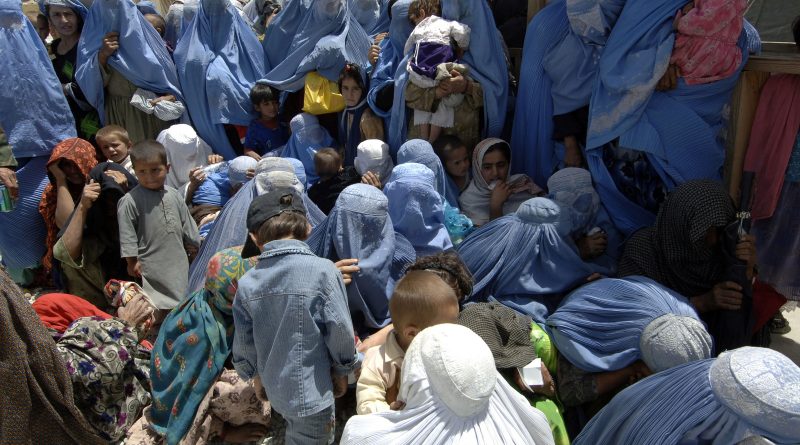FOCUS on Afghanistan: Refugees
Eric Bunce
Staff Writer
The Taliban takeover of Afghanistan is deepening the country’s long-standing refugee crisis. According to the United Nations, there were around six million Afghan refugees and internally displaced people at the end of 2020. Another half a million could leave by the end of the year. Countries accepting refugees may face difficulties integrating large numbers of refugees, as mass migration on such a scale can result in political backlash and instability. Given this potential for chaos, leaders around the world are paying close attention to where Afghan refugees are going.
The U.S. and its allies evacuated close to 65,000 refugees from Kabul airport, according to Brookings, with most being housed at U.S. domestic and overseas military bases. The evacuation process was not without incident. The New York Times reports that some concerns include missing documents and disease outbreaks among refugees. Still, the number of people evacuated is higher than in past waves. According to PBS News Hour, U.S. law mandates a strict screening procedure for asylum seekers that often takes 2 years to complete. This, combined with Trump-era immigration restrictions, resulted in the U.S. only accepting an average of 1,000 Afghan refugees per year since 2000.
However, already more than 20,000 refugees have landed in the past few months, and there is reason to believe that this time may be different. As noted by Reuters, public support for refugees is high and there are bipartisan calls for resettlement among current and former elected officials. Companies such as Airbnb, veterans associations, and non-profits have also pledged action. But many challenges remain, and early support for refugees can quickly evaporate if the issue becomes politicized. While refugees can be granted temporary 2-year status under “Humanitarian Parole,” Brookings observes that the U.S. system currently cannot process the staggering 1.4 million backlog of asylum cases.
Unlike the U.S., European pledges of support have been more cautious—the United Kingdom is so far the only country to offer a solid number of people it will take in. According to BBC News, British authorities plan to resettle 20,000 refugees over the next few years. France and Germany have indicated some willingness to accept refugees but haven’t offered any estimates. States such as Switzerland, Austria, Poland, and Greece on the other hand, have categorically rejected any notion of accepting new Afghan migrants. Overall, there is a reluctance among European leaders to accept more refugees, which is unsurprising given the political backlash following the Syrian crisis which resulted in a wave of populist nationalism throughout Europe. German Chancellor Angela Merkel stated, “2015 mustn’t be repeated”, according to the New York Times. Her sentiments are echoed by other European leaders, such as France’s Emmanuel Macron, who are already facing fierce pressure from electoral opponents. Fear that accepting refugees could provide fuel for right-wing nationalist parties will likely prevent Europe from playing a large role in resettling displaced Afghans.
Enthusiasm for accepting Afghan refugees in the rest of the world is mixed. BBC News reports that Canada and Australia—both members of the NATO coalition in Afghanistan—pledged to accept thousands of asylum seekers. Several other nations including Uganda, Kosovo, and Qatar have offered to temporarily accept refugees. Nonetheless, just as many nations are stating the opposite. Turkey, the world’s largest refugee reservoir with over 3.6 million already in-country, will not accept any additional asylum seekers. Turkish President Erdogan stated, “Turkey has no duty, responsibility or obligation to be Europe’s refugee depot,” recorded the New York Times.
Ultimately, it is not the U.S., Europe, or even Turkey that will receive the most refugees—that dubious honor belongs to Afghanistan itself. As the UN reports, 3 million Afghans have fled their homes to live in camps throughout the country, especially near the capital Kabul. Of the refugees that do manage to leave Afghanistan, most travel on foot across the border into Pakistan and Iran. Those two countries already host 2.2 million displaced Afghans, 80% of the international total, notes the Council on Foreign Relations. Both nations expressed a strong desire to resist taking anymore. But even if they keep their borders closed, large numbers of refugees are likely to still find their way across, as they have always done in the past. In the end, most Afghan refugees will remain in the region, nowhere near the U.S. or the West.


